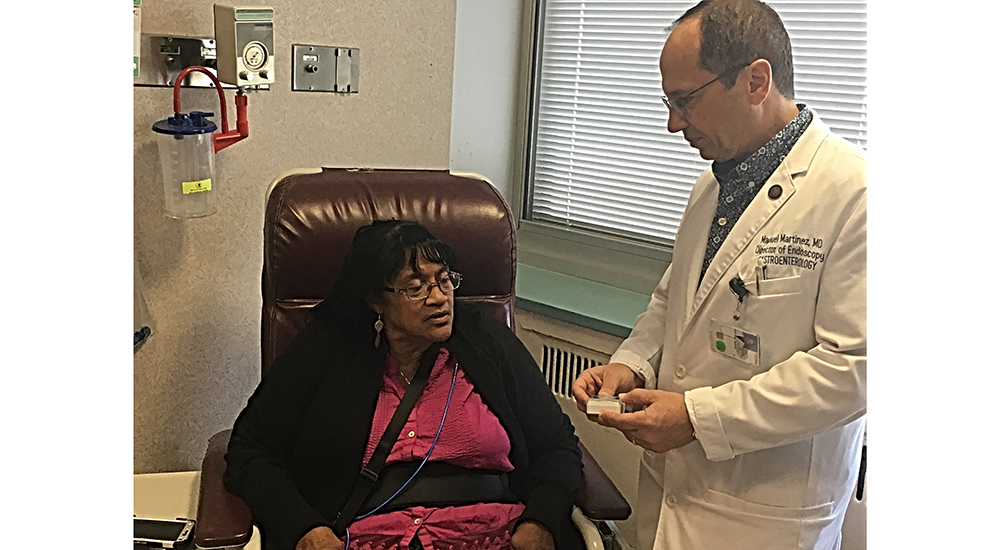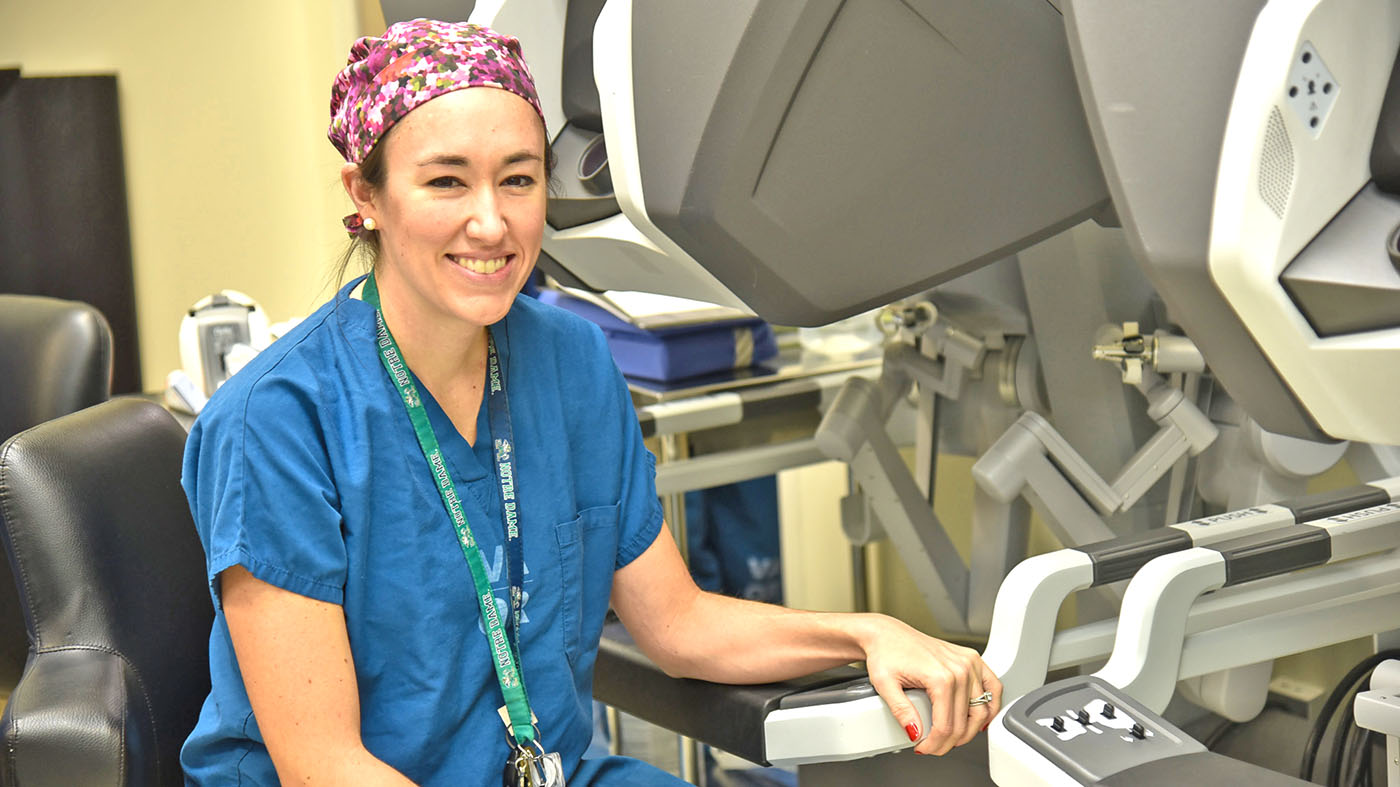In the age of smartphones and wireless communication, gastrointestinal (GI) endoscopists across the globe look to future trends and how this may influence the advancement of endoscopic technology.
One innovative device that will positively impact the medical field is wireless capsule endoscopy (WCE). The design is small enough to be swallowed by the patient and digitally captured images are transmitted via radiofrequency to a data recorder while traversing the intestinal tract.
This relatively simple procedure is safe and because it can be performed without the patient having to undress, it is less anxiety provoking for them.
The importance of having a minimally invasive endoscopic modality that can view segments of the gastrointestinal tract has been well recognized by the medical industry.
“I believe that very soon the field will be performing wireless capsule based technology as a first line modality.”
This has driven the competition to introduce wireless capsule models designed to evaluate not only the upper GI tract and small bowel, but also the colon. The term “pan-endoscopy” has taken on a whole new meaning.
Currently, five wireless capsule models designed for small bowel evaluation are FDA-approved in the US. Some of these capsule platforms are approved for specific indications, but most are designed to evaluate the small bowel.
Thanks to advances and developments in microsystem technology and micro machining, robotic capsule platform technology is rapidly expanding. Some devices in development are able to electronically deploy an endoscopy clip or a bio-adhesive patch on to a bleeding site in the GI tract.
Another capsule device can hold small quantities of Hemospray® and position its delivery on a specified target. There are even prototypes of biopsy capsule devices designed to obtain tissue sampling.
Low risk, ease of use
Infection control is a top priority. Because of the low risk and ease of use, I believe that very soon the gastroenterology field will be performing wireless capsule based technology as a first line modality for visualizing the gastrointestinal tract.
The saving of healthcare dollars and resources would make it cost effective. The fact that WCE requires no sedation and no need for reprocessing with high level disinfection of expensive sensitive equipment, makes this inherently an important cost saving strategy.
There is little doubt that we will continue to be dependent on our current flexible endoscopic technology. But, I envision a day when these resources would only be used for cases with appropriate risk/benefit ratios and that would merit from such an intervention.
At the very least, the current trends in WCE technology warrants gastroenterologist to undergo a serious self-analysis as we move forward in developing our endoscopic skills and training in the years to come.

Topics in this story
More Stories
Veteran Byron Potier weighed almost 300 pounds and was tired and lethargic. He was the perfect candidate for gastric sleeve surgery.
How much do you know about VA care, benefits and services? Don’t miss out on what you've earned—check out the "2025 VA Federal Benefits Guide for Veterans, Dependents, Survivors, and Caregivers" handbook to learn more.
Feeling stressed? Your breath can help you relax and focus. Take 3 minutes to reset and prioritize your well being for this week's #LiveWholeHealth practice.







In my opinion, we first need to train a generation of gastroenterologist how to properly interpret the WCE images. Then the VA needs to continue to attract the best and the brightest providers to care and provide this service for our veterans. Otherwise, I do not foresee cost posing as barrier. This technology should easily be available for most if not all VA’s across the US.
Great technology,with obvious patient safety benefits. When will the training and funding for WCE tech be available at all VA facilities?